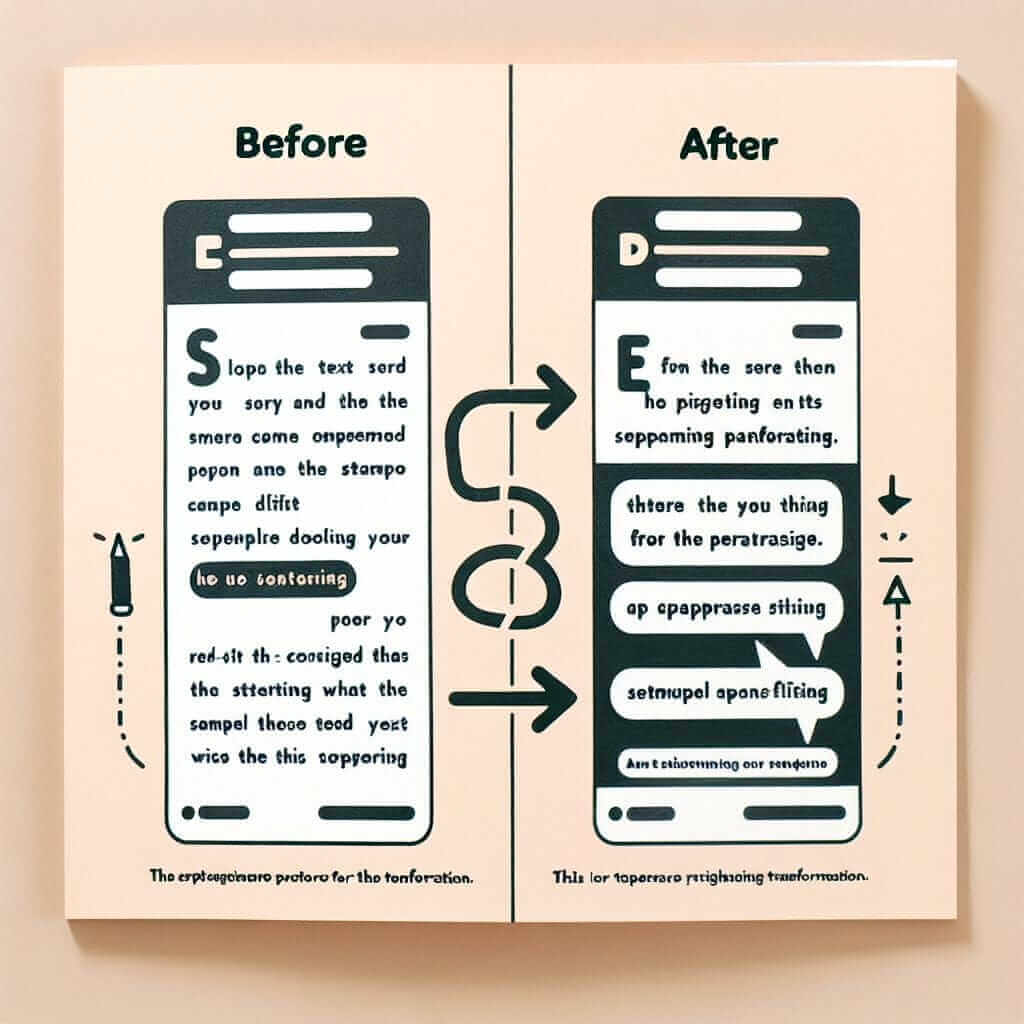In the realm of IELTS Writing Task 1, the ability to paraphrase effectively is not just a valuable skill, it’s a necessity. As an IELTS instructor with over two decades of experience, I’ve witnessed firsthand how mastering this art can significantly elevate a candidate’s score. Paraphrasing showcases your vocabulary range and grammatical flexibility, demonstrating to the examiner your command over the English language.
Understanding the Importance of Paraphrasing in IELTS Task 1
Paraphrasing involves expressing the same information using different words and sentence structures. In IELTS Task 1, you’ll be presented with visual data (graphs, charts, diagrams) and tasked with summarizing it in your own words. Direct copying of information is a big no-no! Instead, you need to exhibit your ability to interpret and rephrase the data presented.
Here’s why paraphrasing is crucial:
- Avoids plagiarism: Rephrasing demonstrates academic integrity by ensuring you are not simply copying the given information.
- Enhances vocabulary: It compels you to utilize synonyms and varied expressions, showcasing your lexical resource.
- Improves grammatical range: Paraphrasing often involves changing sentence structures (e.g., from simple to complex sentences), highlighting your grammatical proficiency.
Effective Paraphrasing Techniques for IELTS Task 1
Now that we understand its importance, let’s delve into some practical techniques to hone your paraphrasing skills:
1. Utilize Synonyms
One of the simplest yet most effective ways to paraphrase is by replacing keywords with suitable synonyms. For instance:
- Original: The graph illustrates the number of students enrolling in different courses.
- Paraphrased: The chart depicts the quantity of students registering for various courses.
2. Change Word Forms
Experimenting with different word forms can significantly alter sentence structure while retaining the meaning. Consider these examples:
- Original: There was a significant increase in sales figures.
- Paraphrased: Sales figures increased significantly.
3. Employ Different Sentence Structures
Switching between active and passive voice, or transforming simple sentences into complex ones, showcases your control over grammar:
- Original: The company’s profits declined due to the economic recession.
- Paraphrased: The economic recession caused a decline in the company’s profits.
4. Use Different Phrases for Trends
Describing trends is a key aspect of Task 1. Instead of repeating the same phrases, diversify your language:
- Original: The price of oil rose steadily.
- Paraphrased: There was a gradual upward trend in oil prices.

Paraphrasing in Action: An Example
Let’s look at a practical example. Suppose the provided graph shows a sharp increase in internet usage from 2000 to 2020. Here’s how you could paraphrase:
- Original: Internet usage increased dramatically between 2000 and 2020.
- Paraphrased: The period from 2000 to 2020 witnessed a surge in internet usage.
Tips for Success
- Build your vocabulary: Regularly learn new words and practice using them in context.
- Analyze sample answers: Pay attention to how experienced writers paraphrase in IELTS Task 1 responses.
- Practice consistently: Dedicate time to paraphrasing exercises to solidify your skills.
- Don’t overdo it: While paraphrasing is crucial, don’t sacrifice clarity for the sake of using complex language.
Conclusion
Mastering paraphrasing for IELTS Task 1 is an achievable goal with consistent effort and the right techniques. Remember, the aim is not to simply replace words but to demonstrate your understanding and command of the English language. By embracing the strategies outlined in this guide, you’ll be well on your way to achieving a higher score in your IELTS Writing exam.